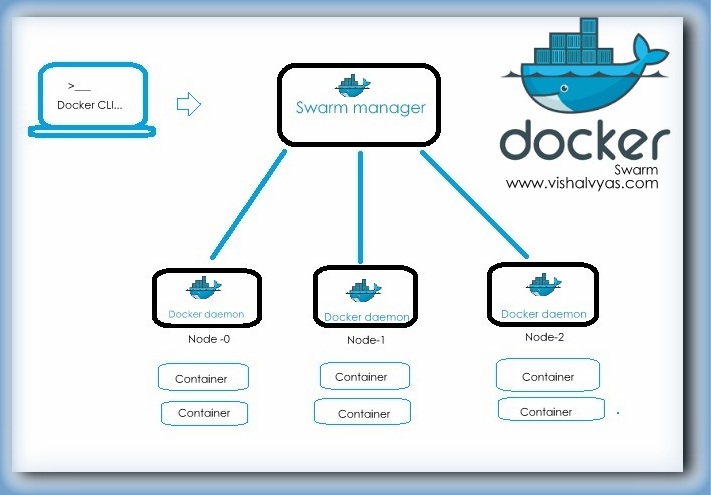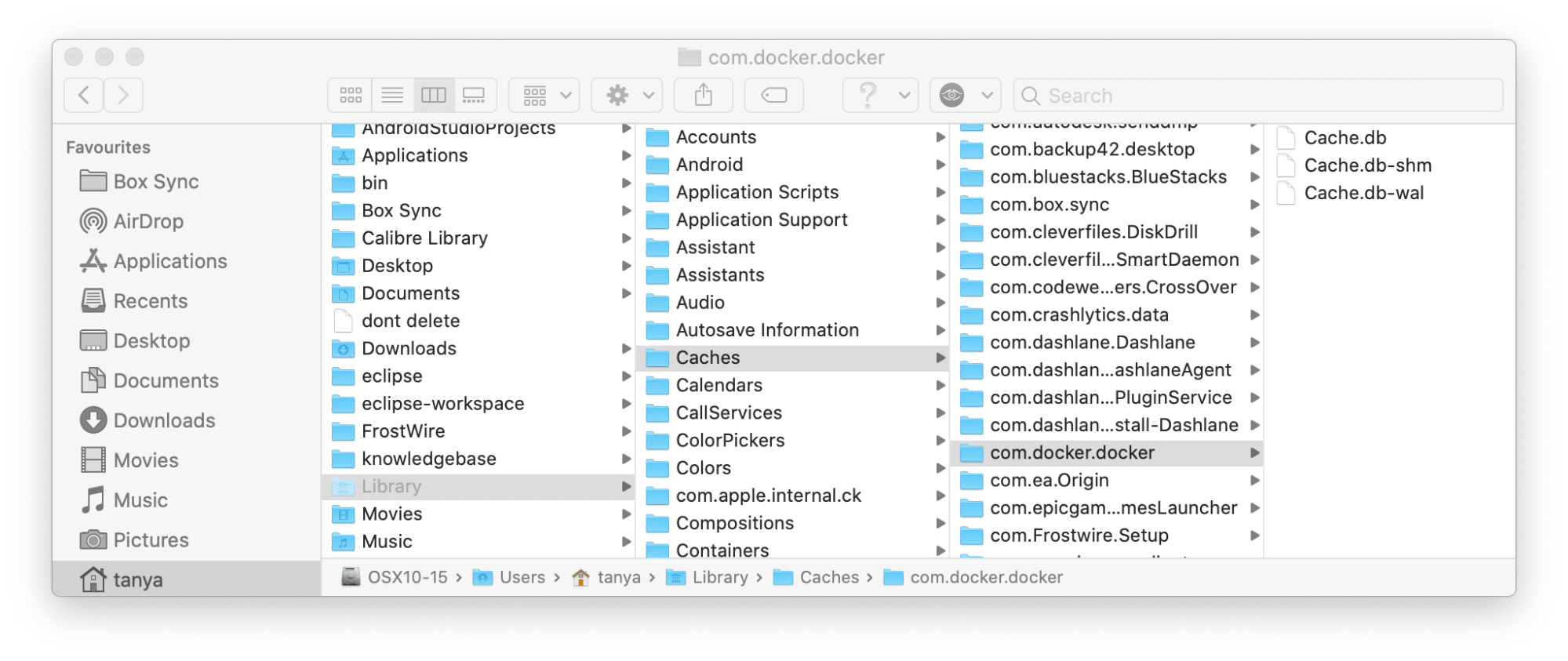

We can use the –time option to provide a grace period before stopping a container. The Docker command to stop one or more containers is – $ docker stop CONTAINER
#Quit all docker instances free
We can also use the Docker kill command along with a sub-command to kill all the containers simultaneously.Īlso, check out our complete and free Docker Tutorials. We can either use the force option along with the Docker rm command to remove all containers forcefully or first stop all Docker containers and then remove them. Hence, it’s very necessary to stop all the containers before we try to remove them.


Moreover, we can only remove those containers that are not actively running in our host machine. However, if you want to stop and remove all the containers simultaneously, you can combine sub-commands to list all containers with the Docker stop and remove commands. If you want to stop and remove all containers, you can run the above commands sequentially (first stop, then rm).Īlternatively, you can run only the the commands to remove the containers with rm -force, but keep in mind that this will send SIGKILL, so running stopfirst and then rm is advisable ( stop sends SIGTERM, unless it times out, in which case it sends SIGKILL).Docker allows us to use the Docker rm and Docker stop commands to remove or stop one or more containers. ] & docker container rm docker ps -aq returns all container ids, even from stopped containers) Similarly, to remove all stopped containers: mapfile -t list < <(docker ps -aq) ] tests if the list array has 1 or more elements to execute the next commandĭocker container stop stops all containers whose ids are stored in the listarray (will only run if the array has items) Mapfile stores the resulting container ids in the list array ] & docker container stop reasoning:ĭocker ps -q returns all active containers ids If you are concerned about shellcheck SC2046 (in which case you would receive a warning for the command docker stop $(docker ps -a -q)) and you are using Bash4+ (to be able to use the mapfile builtin command), you can run the following to stop all containers: mapfile -t list < <(docker ps -q)

$ docker rm $(docker ps -qa -no-trunc -filter "status=exited")Įssentially you want to kill all your running containers, remove every image, uninstall docker, reinstall the version you want and that should be about as clean a slate as it gets. $ docker network rm $(docker network ls | grep "bridge" | awk '/ / ') $ docker volume ls -qf dangling=true | xargs -r docker volume rm Here's a good gist I use for this kind of thing:įrom this link that people seem to not like ( )ĭelete volumes $ docker volume rm $(docker volume ls -qf dangling=true) Same for unused networks docker network pruneĪnd finally, if you want to get rid if all the trash - to ensure nothing happens to your production, be sure all stacks are running and then run docker system prune It should never delete named volumes since the containers of those should exists / be running.īe careful, ensure your stack at least is running before going with this one docker volume prune This usually cleans up dangling anon-volumes of containers have been deleted long time ago. ( even stopped containers do claim volumes ). Which means, that it only deletes images, which are not tagged and are not pointed on by "latest" - so no real images you can regularly use are deleted docker image pruneĭelete all volumes, which are not used by any existing container Here is the documentation, and here are some examples:ĭeleting no longer needed containers (stopped) docker container prune Docker introduced new namespaces and commands which everyone should finally learn and not stick to the old habits.


 0 kommentar(er)
0 kommentar(er)
